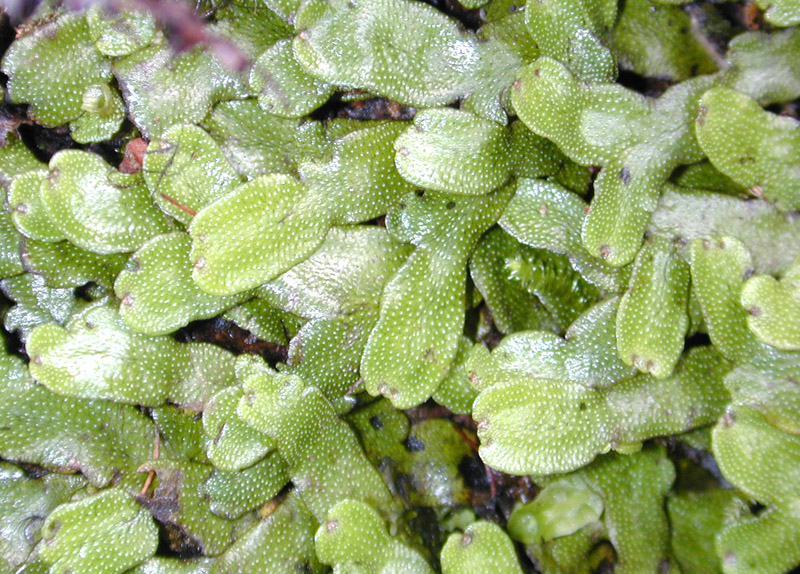Science News
Live Together, Die Alone
November 10, 2010

By Anne Holden
A species’ survival often depends on how skillfully they can beat out another species for food or other resources. But sometimes, a species’ survival depends on how well they work with their neighbor. If each organism helps the other, they can both flourish. This process, called “symbiosis,” explains why bacteria thrive in our guts (because we thrive with them), how sharks don’t seem to mind the so-called “cleaner fish” that dart in and out of their mouths, and how delicate coral reefs can grow to the size of a small continent.
There are thousands of examples of symbiotic relationships on planet Earth. But has this practice always existed? In a study published last week, scientists uncovered evidence of a symbiotic relationship that existed over 470 million years ago. A relationship that paved the way for nearly every land organism on Earth.
In the November 2 issue of Nature Communications, a research team from the Royal Botanic Gardens and the University of Sydney pieced together earlier days of complex life by studying one of the most ancient land plants still in existence, the thalloid liverwort. Liverworts, often a nuisance in backyard gardens and greenhouses, have a small and flat ribbon-like structure.
Scientists have long suspected that the secret to the liverwort’s early success was a relationship with fungi living in the soil. But no one had been able to test it. Until now.
The team placed both liverwort and fungi in tightly controlled growth rooms to recreate Earth’s early days – hot and volatile. They found that when the fungi colonized the liverwort (a common fungal practice), the liverwort vastly improved its ability to take in carbon dioxide (CO2). As a result, it grew and reproduced faster than if no fungi had been present. The fungi not only improved the liverwort’s ability to grow and reproduce, it helped the liverwort release substantial amounts of oxygen into the atmosphere. Something sorely lacking in Earth’s earliest days, and something for which we should all be thankful.
So what did the fungi get in return? They fed off the extra carbon the growing plants produced. In one experiment, the team found that just one liverwort plant could support fungi encompassing two tennis courts.
Professor David Beerling from the University of Sheffield, one of the authors of the study, was excited about how this research can help shed light on the earliest days of our planet. “By studying these ancient plants,” he says, “we open a window on the past to investigate how the earliest land plants evolved.”
Anne Holden, a docent at the California Academy of Sciences, is a PhD trained genetic anthropologist and science writer living in San Francisco.
Creative Commons image by Eric Guinther